The bulk of pre-20th century local land records in the United States consist of handwritten transcriptions of original deeds. These deeds occasionally contained errors that were noticed by the clerk making the record copy. The clerk’s job was to transcribe the document exactly as it was written. One way to indicate an obvious error was to underline the apparent incorrect text. In the illustration, a husband and wife are selling property and both sign the deed. But the writer of the deed has written that “he signed” instead of “they signed.” The clerk, noticing the error, still wrote the word “he” because that’s what the deed said. But the word “he” was underlined to indicate that the error was not that of the clerk, but of someone else. […]
I knew my aunt had at least three children in the 1840s in Germany with a man that I assumed was her husband. Turned out he was the father of her children, but that they were not married when some of the older children were born. Because of their parents’ marital status, some of the children used her maiden name as their last name, some used his last name as their last name, and some went back and forth between their parents’ last names. It took me forever to locate one of the daughter’s marriage record as she married under her mother’s maiden name and not the last name of her father.
One reason to track all of a relative’s land transactions is that they can sometimes provide migratory clues. Deeds typically list the residence of the grantor (seller) at the time the deed is signed. For those who may have moved before selling their home or other property, the deed may be one place to get this new residence. It can also help to tie two people of the same name as having lived in different locations. If the text of the deed itself does not indicate where the grantor lived, there still could be a clue. Deeds usually have to be acknowledged in front of an official–typically a notary or a justice of the peace–who usually indicated the county in which they could perform their duties. That would […]
Due to the passage of time, some original records are difficult to read. Writing fades, pages get torn, mice chew on paper, etc. There may have been entries that the indexer or transcriber could only partially read. How are those entries put in the database? Where are they put in a published book? You need to know–because there’s always a chance that partial entry is for your person.
The ideal time to write up your genealogical conclusions, enter your information into your database, or write up and transcribe documents is as you locate them. Or reasonably close after. The information is fresh in your mind and fewer details are apt to be forgotten. While it may be fun to keep gathering, you probably will notice more about what you’ve just found if you record and analyze it relatively close to when you located it. Check out the new Genealogy Tip of the Day book or the return of Casefile Clues.
Even if you think divorce “never happened in ‘our’ family,” check for one anyway. It’s possible the couple divorced and no one in the family mentioned it. It is possible a divorce case was initiated and not completed. It’s possible that there was a court case for “separate maintenance” (where there’s no “divorce,” but the couple lives apart). In all three cases, the testimony and details in the court packets may be similar (particularly in terms of possibly providing a date and place of marriage). Children may or not be mentioned in these cases, particularly if they are of legal age. And it’s possible that there was no court action of any type, but the couple maintained separate households. My great aunt and uncle did that until their […]
Whenever there is an index that I am uncertain how to use, I perform a backwards search. I manually search the records and pick a couple of records or items at random. I note where they are in the records, who they mention, etc. Then I go back to the index and see if I can find the index entry for that record. If I can, then I’m likely using the index correctly and I understand how it works. If I cannot, then there is something I need to figure out before I use the index further. Check out the new Genealogy Tip of the Day book or the return of Casefile Clues.
Military pensions can be a great source of information. Sometimes the clues are blunt and obvious. Sometimes they are a little more subtle. One set of clues that can be helpful is how long witnesses have known the person they are providing information on. In a high proportion of pension applications, the witnesses indicate how long they have known the veteran or the widow. Assuming that information is correct, it can be used to help track the veteran’s or widow’s movements. The start of the association could be because either the witness or the person they are talking about moved in proximity to the other one. Look at the time frame of the association and see if it precedes before the veteran was known to be in the […]
Some handwritten documents are clearly written by different individuals. This 1880-era affidavit in a Civil War pension file made out by John Gililand of Astoria, Illinois, appears to have been written by more than one person–especially when one compares the handwriting above the crossed out portion with the handwriting below it. If transcribing a document, do you indicate if it appears to have been written on by more than one person? Do you indicate when the handwriting appears to change in your transcription? This is one reason why digital images are helpful as they preserve the actual handwriting. Transcriptions are helpful for many reasons, but still having the “real deal” in terms of the handwriting can help with some types of analysis.
When reaching out to a new genealogy correspondent whose depth of interest in family history is unknown, go slow. The temptation can be to overwhelm a new genealogist with details, details, and more details. It takes time to develop an obsession with family history. Share snippets of what you know and be willing to answer questions–and ask if they have questions. It’s great to find a new genealogist, particularly if they are related on a family where few others are interested in your background. Let their interest develop slowly and realize that they may not be at a time in their lives where they can devote as much time to family history research as you can. Nurture them and their interest. There’s time to share your obsession with […]
A first cousin of my great-grandmother disappeared in the 1920s and was last seen in California and Colorado by various members of his family. he was approximately fifty years old at the time of his disappearance. He was never found. The last record he was mentioned in was the estate settlement of his brother. That brother died in the 1940s and his only heirs were his siblings and their children–including the missing brother. The judge overseeing the settlement of the brother’s estate declared the missing man dead in order to complete the settlement of the estate and disburse the balance to his children. The estate settlement contained testimony from the missing man’s children regarding their father’s disappearance and what attempts were made to find him. The court record […]
Do you have a long-term genealogy goal? Is it tracing your pedigree as completely as possible? Is it preserving and identifying as many pictures as you can? Is it sharing stories for future generations? Is it tracing the descendants of one or more sets of ancestors as completely as possible? Is it proving a parentage or connection that no one has been able to prove? Is it simply researching for the fun of it and leaving a pile for your family to clean up when you are gone? There’s no wrong answers…just your answer. The real question is: what are you doing to meet your genealogy goal?
Make certain you’ve located your relative in every extant census record for censuses taken during their life time. This may seem like basic advice, but it can be easy to overlook a census year. For those enumerations where you cannot find the ancestor, indicate where and how you have looked. People do get overlooked in the census, but your notes should always include a comment indicating that you did try and find the person. We’ve added “during their lifetime” to this tip because I have had people try and locate someone in a census only to discover that the person died several years before that census was taken. Being dead makes it difficult to be enumerated in a census–except for mortality census schedules.
If you subscribed to Casefile Clues, the first issue is out. Email me at the address in your payment receipt if there were issues getting your issue. Details about the newsletter are on our website.
Working a record for as many clues as possible should be high on the list of activities for any genealogist. One question to ask is “who does this record suggest is alive?” That can help you with a “died after date” for that person. In some situations just knowing that can be crucial. It all depends on the family and what you do and do not know. An additional question is “who does this record suggest or state is dead?” Sometimes a “died before date” can be helpful in differentiating between two individuals of the same name.
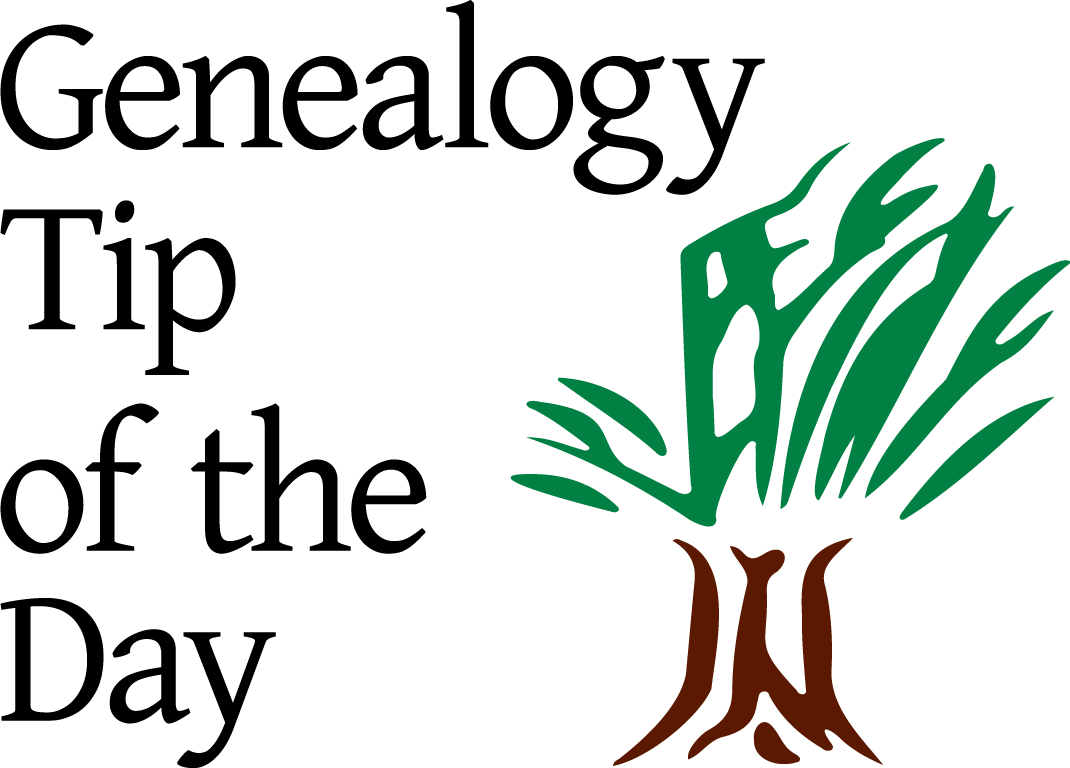
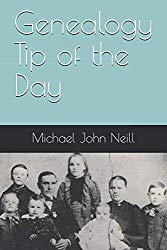
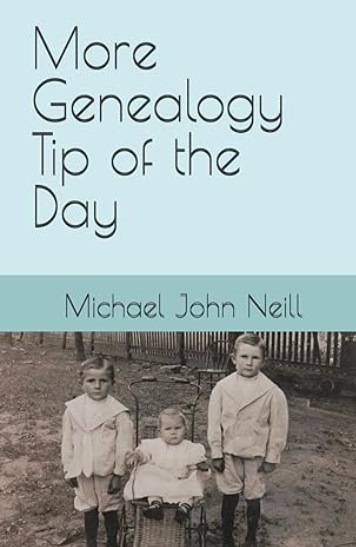


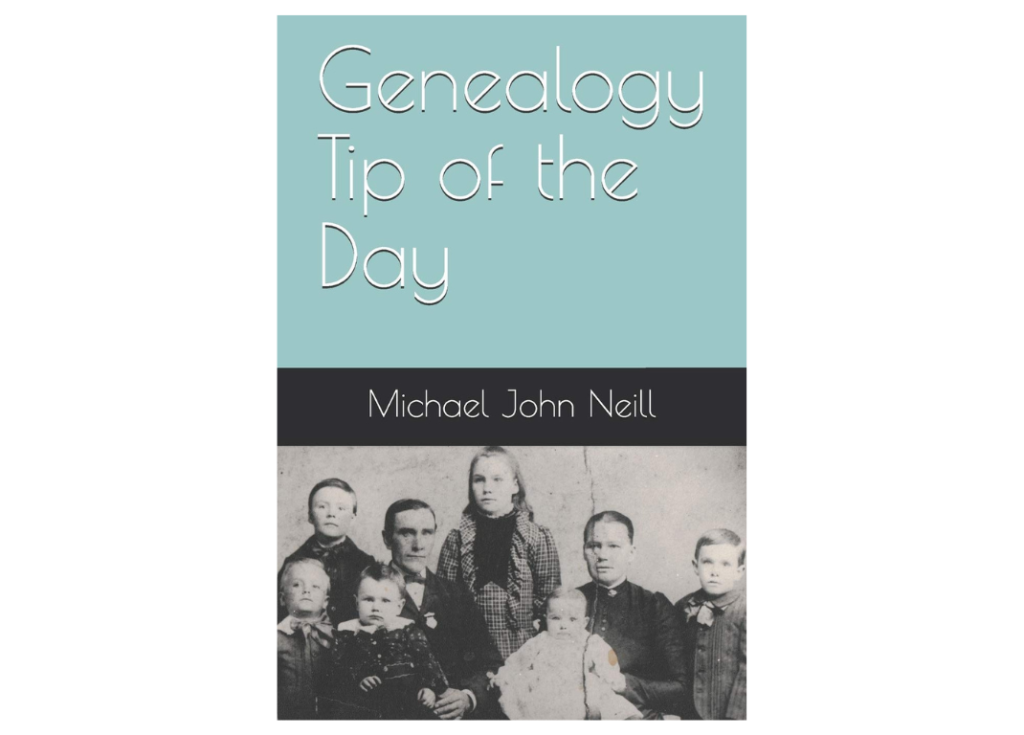
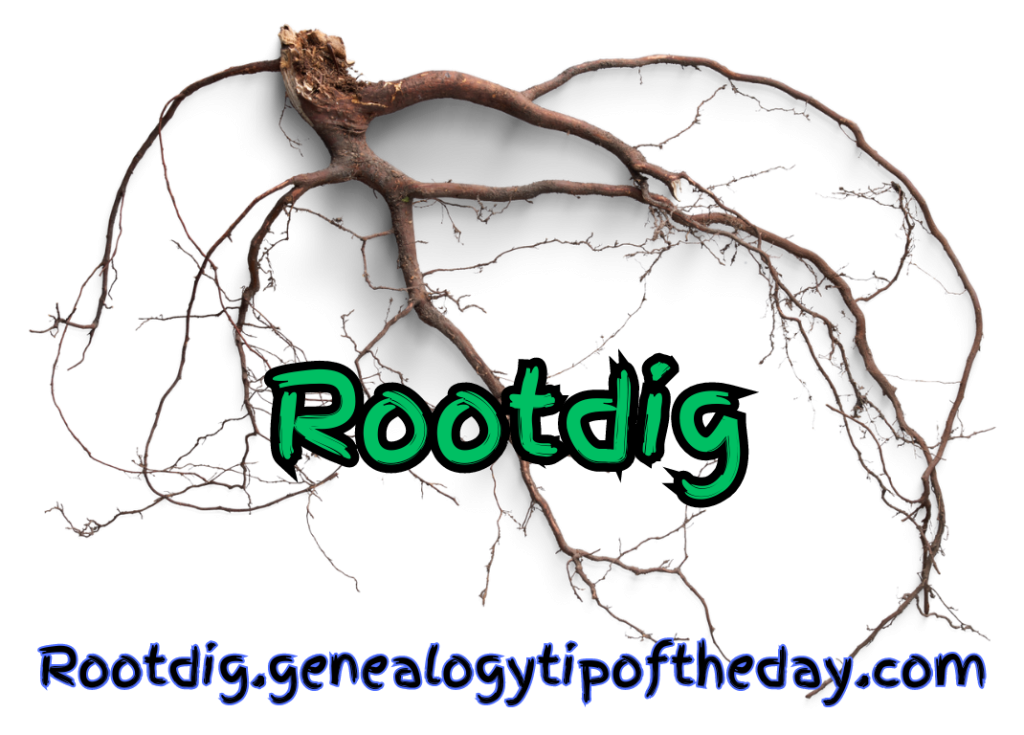

Recent Comments